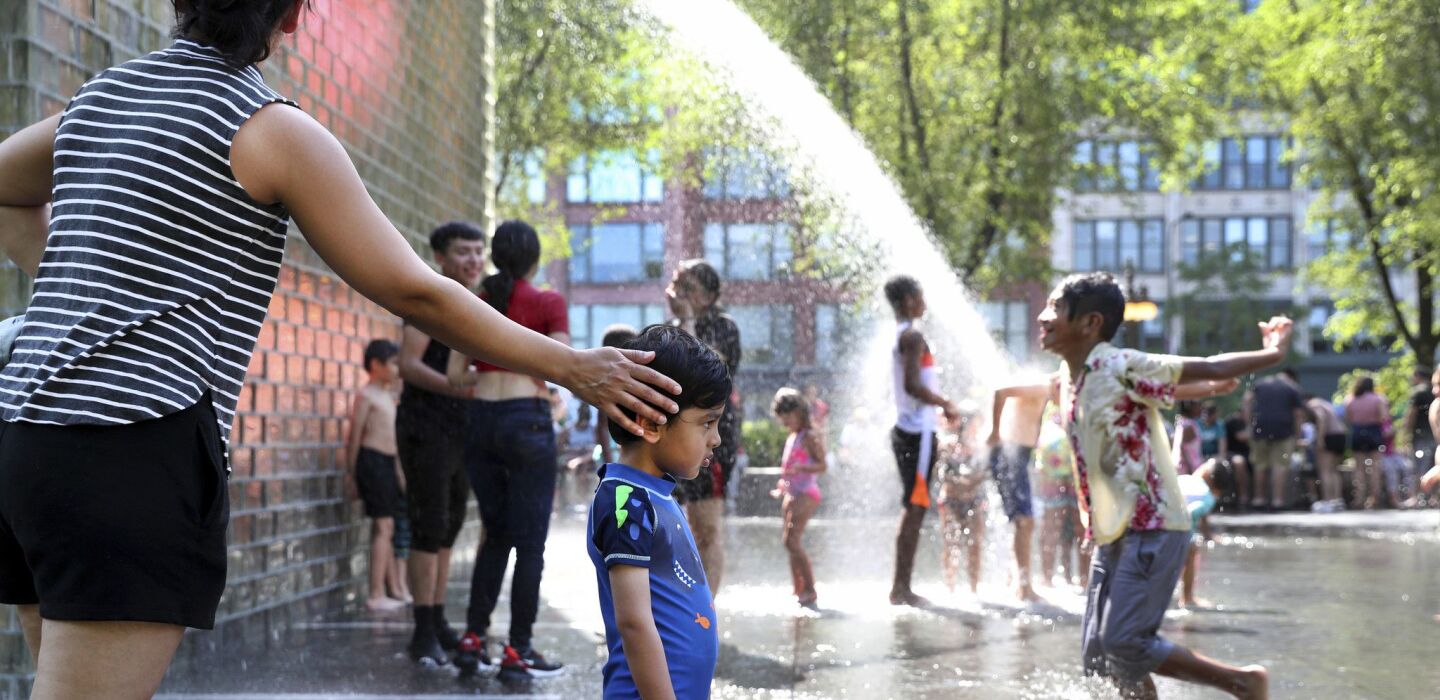
Chicago Watches the Heat Kill Its Disadvantaged Residents
What is the deadliest weather phenomenon? It’s heat.
Heat kills more people on average yearly than hurricanes, tornadoes, floods and the cold, according to the National Weather Service.
In Chicago in 1995, 739 people died during a four-day heat wave. According to public health officials, 400 died during the initial heat wave and the rest from conditions aggravated by the high temperatures.
Some, like the elderly and poor, are at greater risk from the heat than others because of where they live, even within the same cities. For those living in hotter areas and in areas where there are fewer shade trees, and for those with little money to pay for air conditioning, the condition will only worsen with climate change.
“We will see more heat waves like the 1995 Chicago heat wave,” Elena Grossman, director of the new Climate and Health Institute at the University of Illinois at Chicago, told the Chicago Tribune. “That will become a constant reality.”
Former Chicago Mayor Lori Lightfoot had created a climate action plan where planting trees and encouraging the installation of green roofs were the primary mitigation tools. Lightfoot, however, lost re-election. Her successor, Brandon Johnson, whose campaign was outspoken on environmental justice, took office May 15.
In the meantime, the heat continues unabated and the vulnerable will continue to suffer and die.
Census estimates show that more than 300,000 Chicagoans live in areas where average summer temps are hotter by 5 to 10 degrees than temperatures for 90 percent of the rest of the city. The Census also shows that white residents disproportionately live in areas with cooler temps.
Chicago isn’t the only city with this problem. Dozens of cities have participated in the National Oceanic and Atmospheric Administration’s program to map heat disparities and raise awareness of the issue, but Chicago has never applied to the program.
And there are solutions. Sara Meerow, a researcher at Arizona State University, has co-authored two American Planning Association reports on strategies to make cities more resilient to extreme heat. She said a city’s interventions should align with its overall goals and prioritize those who live in hotter areas.
“It’s going to be really critical to actually work with those communities and figure out: ‘We know there’s an issue here. [What] do you actually want to address it?’” Meerow told the Tribune.


Average Rating